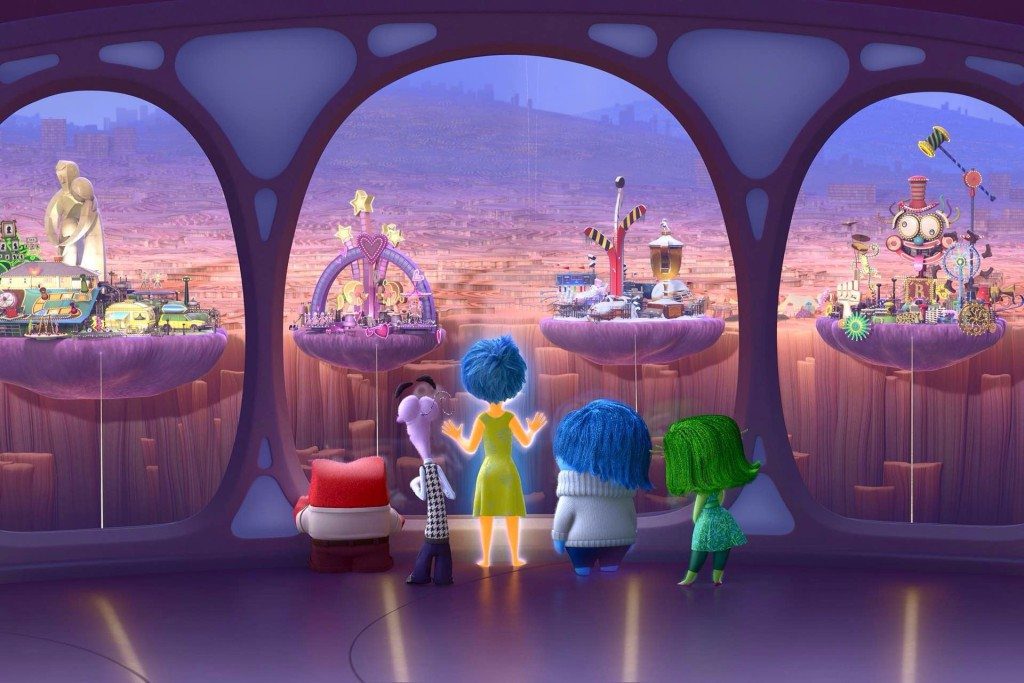
Let?s go ahead and get this out of the way now: you should run?not walk?to your nearest movie theater and go see Pixar?s latest film, Inside Out. It?s a unique and powerful tale that thrusts emotions and feelings into the spotlight, where they shine (in some cases literally) for the world to see.
The premise for the movie is a fairly simple yet challenging one: What are?the voices in a person?s head like?? What do they do?? How do we react as a result?
We get to see the answers to these questions played out in the form of an 11 year-old girl named Riley Anderson. As a baby, the only character that exists in her life is Joy (voice of Amy Poehler), who manages a central control center inside her head. There?s only one button to push on the console, and it?s uniquely satisfying to see Joy push it and see Riley smile and coo. Sadness (voice of Phyllis Smith) soon joins the party (33 seconds later, according to Joy), and when she touches the console, Riley starts crying. Joy?s goal is to create and collect happy memories (denoted as colored spheres) while keeping Sadness from adding any on her part. Sadness wants to be a help, but when she touches a memory, it transforms to her color (blue) and changes to a sad one. Sometimes, there are memories that are so ingrained in Riley?s life that they become Core Memories and are saved in a special vault. These memories eventually form islands (or components) of Riley?s personality?Family, Honesty, Goofiness, Hockey, and Friendship. As a result, the console gets larger and a few more characters join the action?Fear (voice of Bill Hader), Disgust?(voice of Mindy Kaling), and Anger (voice of Lewis Black), who has fire shoot out of the top of his head when he?s sufficiently agitated.
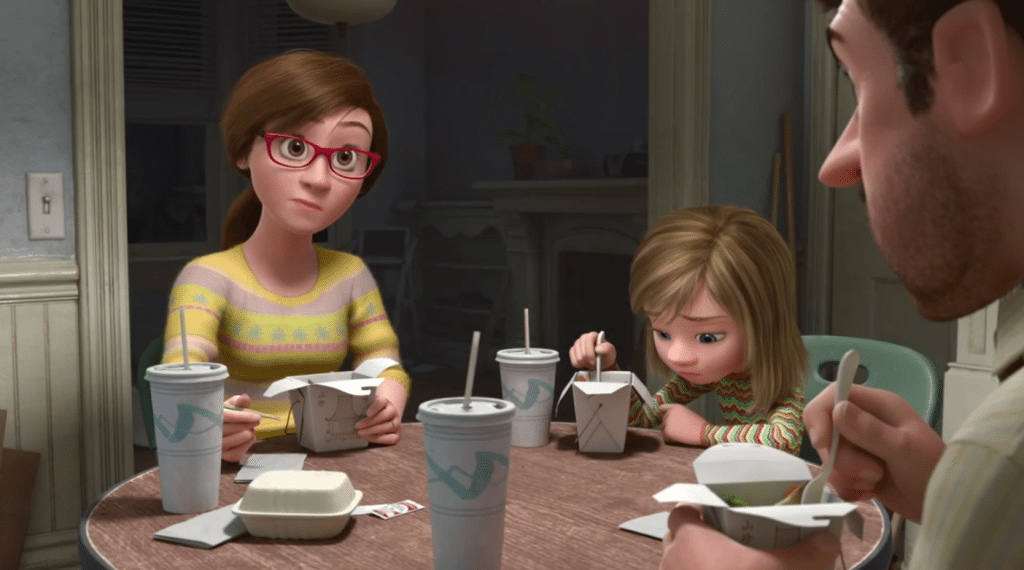
Thankfully, Riley?s memories are joyful ones for the early part of her life. Then something changes?specifically, a move by her family from Minnesota to San Francisco when she?s eleven years old. What was a joyful existence is suddenly rocked to its core with unfulfilled dreams of what the new home will be like and change around every corner.? Riley?s parents want her to stay happy, but she soon finds Dad spending less time with her and a moving company that makes settling in very difficult. School provides a major test for Riley?and the voices–when she?s asked to introduce herself.? Sadness jumps in and messes with the core memories, changing them and bringing the little girl to tears in her class. This sets off a chain reaction where Joy and Sadness get sucked into Long Term Memory (think of the door sequence in Monsters Inc, but on steroids). Disgust, Fear, and Anger attempt to handle the situation in the meantime, with predictable results. They try a last-ditch solution that causes Joy and Sadness to attempt to rush back to headquarters before Riley loses who she is.
There?s a lot more to this (including an appearance by Bing-Bong, a pink elephant representing Riley?s imagination), but it?s impossible?to explain in a short review.? Trust me that it all makes sense by the end of the film, which provides a powerful emotional punch that will likely leave you choked up or reaching for some tissues.
Thankfully, there?s also a heaping helping of inventiveness and humor included with Inside Out. Dream Productions and the Land of Imagination are two such examples.? And I hope you like clowns . . .
The voice casting works wonderfully, as does the bluesy music throughout the film. Of course, the graphics are what one has come to expect from Pixar?bright and full of color, yet able to convey dreariness when necessary. But, as is the norm with Pixar, the story drives everything–and Pete Docter?and his?crew did an excellent job with it. If there?s anything I would?ve loved to see more of, it would?ve been a deeper probe into the parent?s individual voices (though you still get an appropriate taste of their personalities?and a few additional people when the credits roll).? However, Riley is the focus?and that?s a good thing. She?s going to be the center of someone?s Ph.D. dissertation one day.
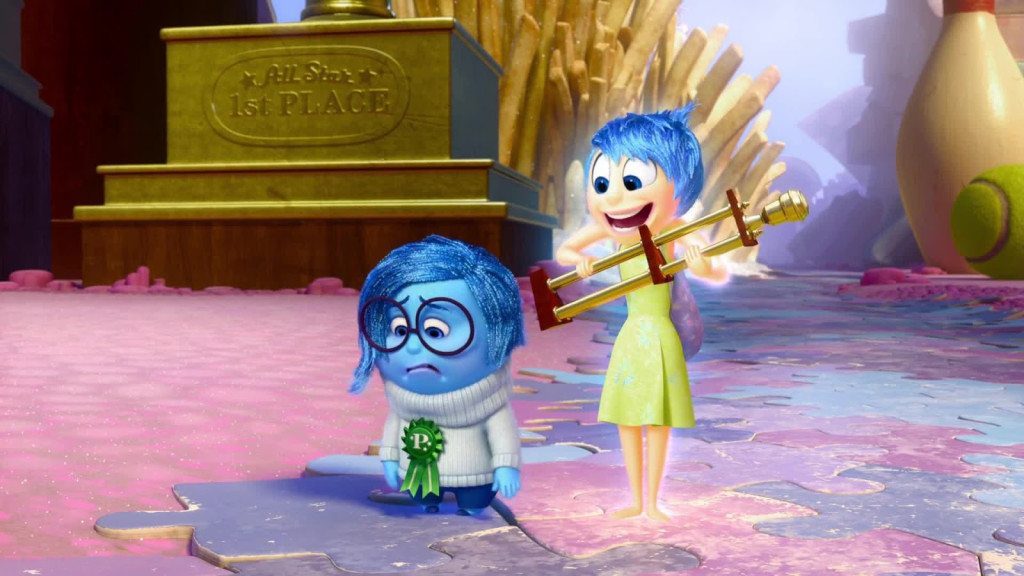
One part of Inside Out that deserves mentioning is the interplay between Joy and Sadness. The two aren?t enemies, but Joy is the leader of Riley?s voices and does whatever is necessary to keep Sadness out of her life.? Sadness, for her part, mopes around and recalls the sad times. When the two are sucked into Long Term Memory, Riley begins to spiral out of control and darkness begins to take over her life.? As a result of this, Joy has to let go and allow Sadness to play a role in restoring Riley.? This is just like those times in our life that are painful and sad–often, we don?t feel like going any further and would rather quit or stew in misery. But as Joy notes, ?There?s always a way to change things around.? When we allow God to heal and change us, He is able to transform a thing of depressing sadness into incredible beauty.? Or, to put it in biblical terms, He will comfort ?and turn . . . sorrow?into happiness? (Jeremiah 31:13 [CEV]). ?In the end, we become better people for the experience.
Inside Out is a film that will simultaneously convict and challenge you to examine the voices in your head.? What will you find inside as a result?

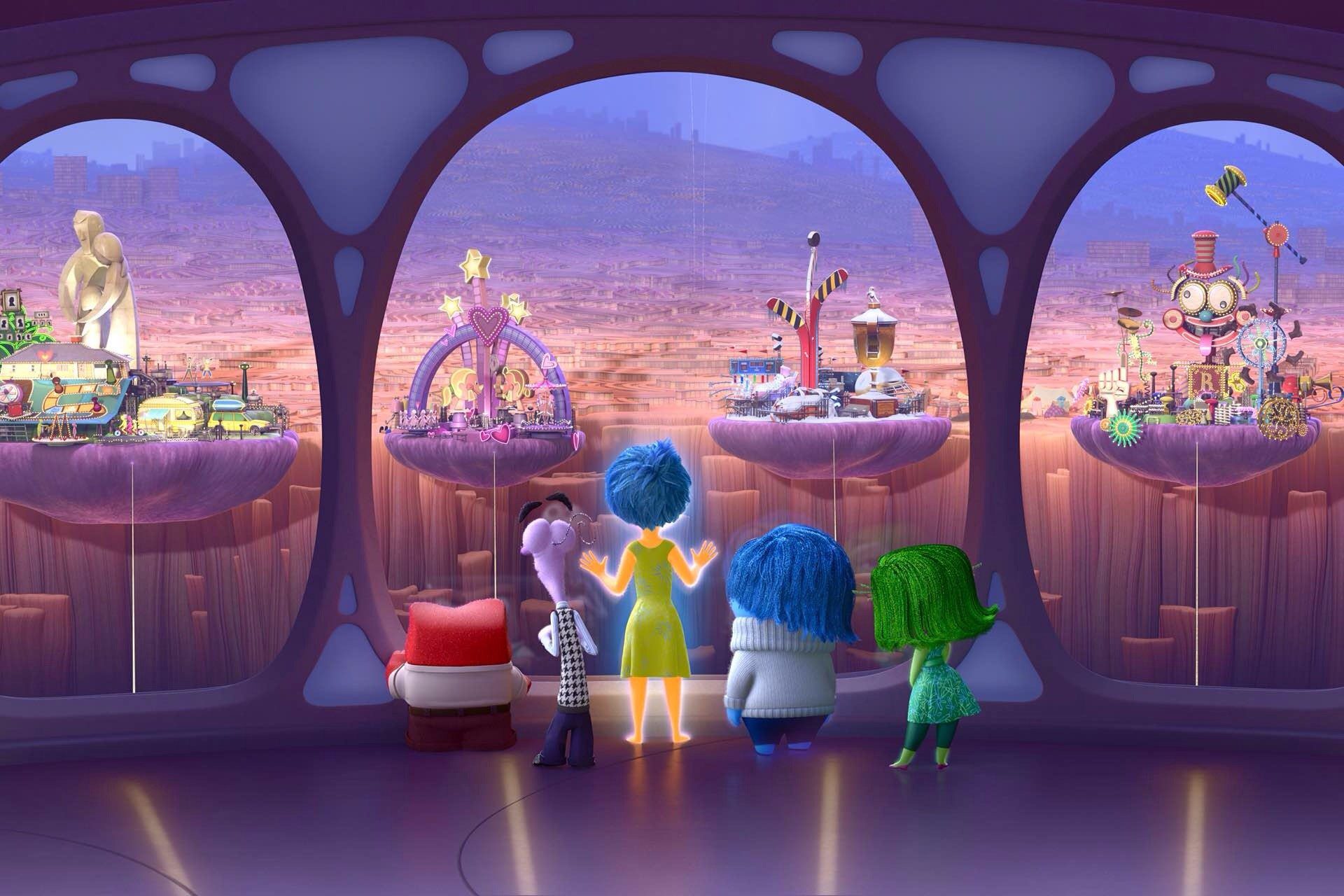
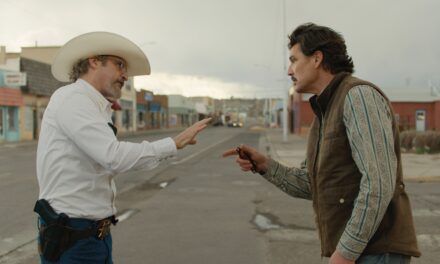



Great review, I saw this movie on opening day and appreciated all the things you mentioned!
One minor correction: Mindy Kaling’s character was Disgust not Despair.
Good catch, Archi! We’ll make the correction immediately. Thanks for alerting me to it.
Glad you enjoyed the film! I took the family and saw it again over the weekend.